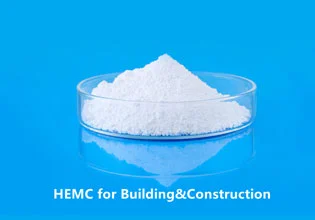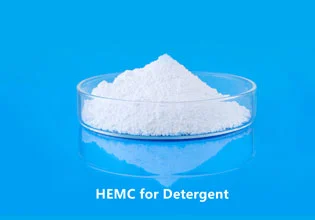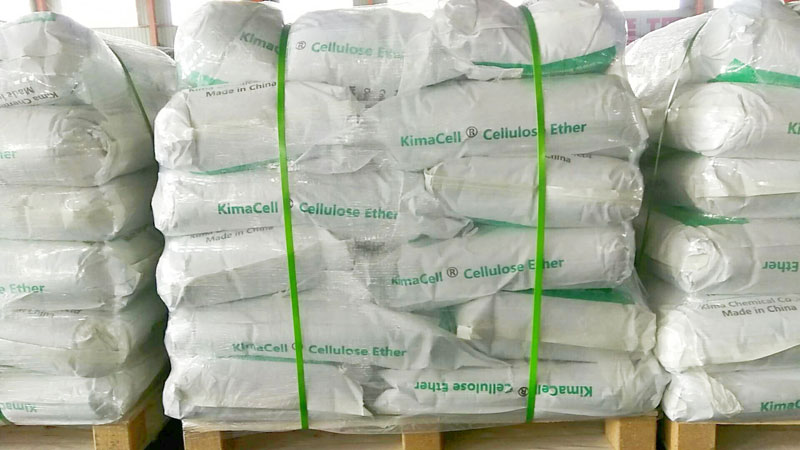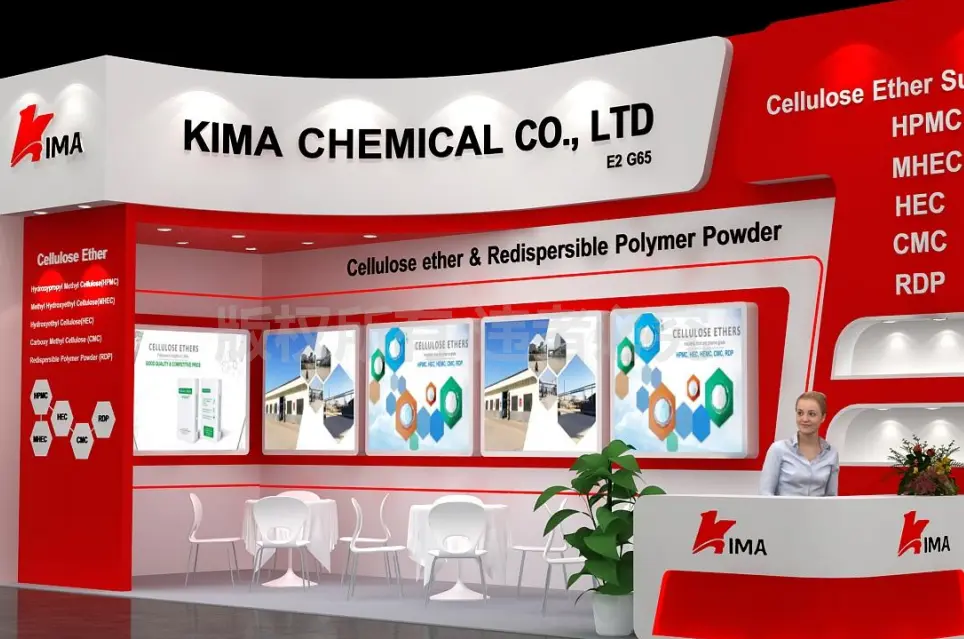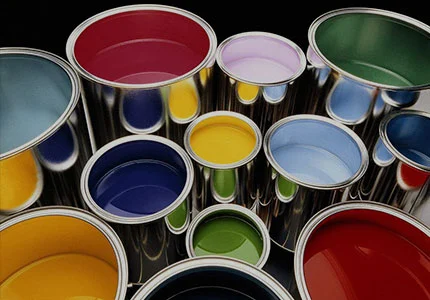Hydroxyethyl methyl cellulose (HEMC) is a type of cellulose ether that is derived from natural cellulose. It is a non-ionic, water-soluble polymer that is widely used in various industries, including construction, pharmaceuticals, and personal care, due to its water retention, thickening, stabilizing, film-forming, and compatibility properties.
Hydroxyethyl methyl cellulose is produced by reacting methyl chloride with alkali cellulose to produce methyl cellulose, followed by further reaction with ethylene oxide to introduce hydroxyethyl groups onto the cellulose backbone. The resulting polymer has both hydroxyethyl and methyl groups attached to the cellulose, which gives it unique properties and benefits.
Hydroxyethyl methyl cellulose has excellent water retention properties, making it useful in products that require long-term moisture retention, such as construction materials like cement and mortar.
Hydroxyethyl methyl cellulose (HEMC) can add viscosity and stability to liquids, gels, and creams. This makes it a popular ingredient in personal care products like shampoos, conditioners, and lotions, as well as in pharmaceuticals and food products.
Hydroxyethyl methyl cellulose (HEMC) can form a film on the surface of a product, which can provide a barrier against external factors like humidity, heat, and UV light. This makes it a useful ingredient in products such as coatings, paints, and adhesives.
HEMC cellulose is compatible with a wide range of other ingredients, which makes it a versatile additive in many industries. It can be used in combination with other polymers, surfactants, and emulsifiers to create unique and effective formulations.
CAS: 9032 42 2
 English
English 日本語
日本語 français
français Deutsch
Deutsch Español
Español italiano
italiano русский
русский português
português العربية
العربية Türkçe
Türkçe Nederland
Nederland

